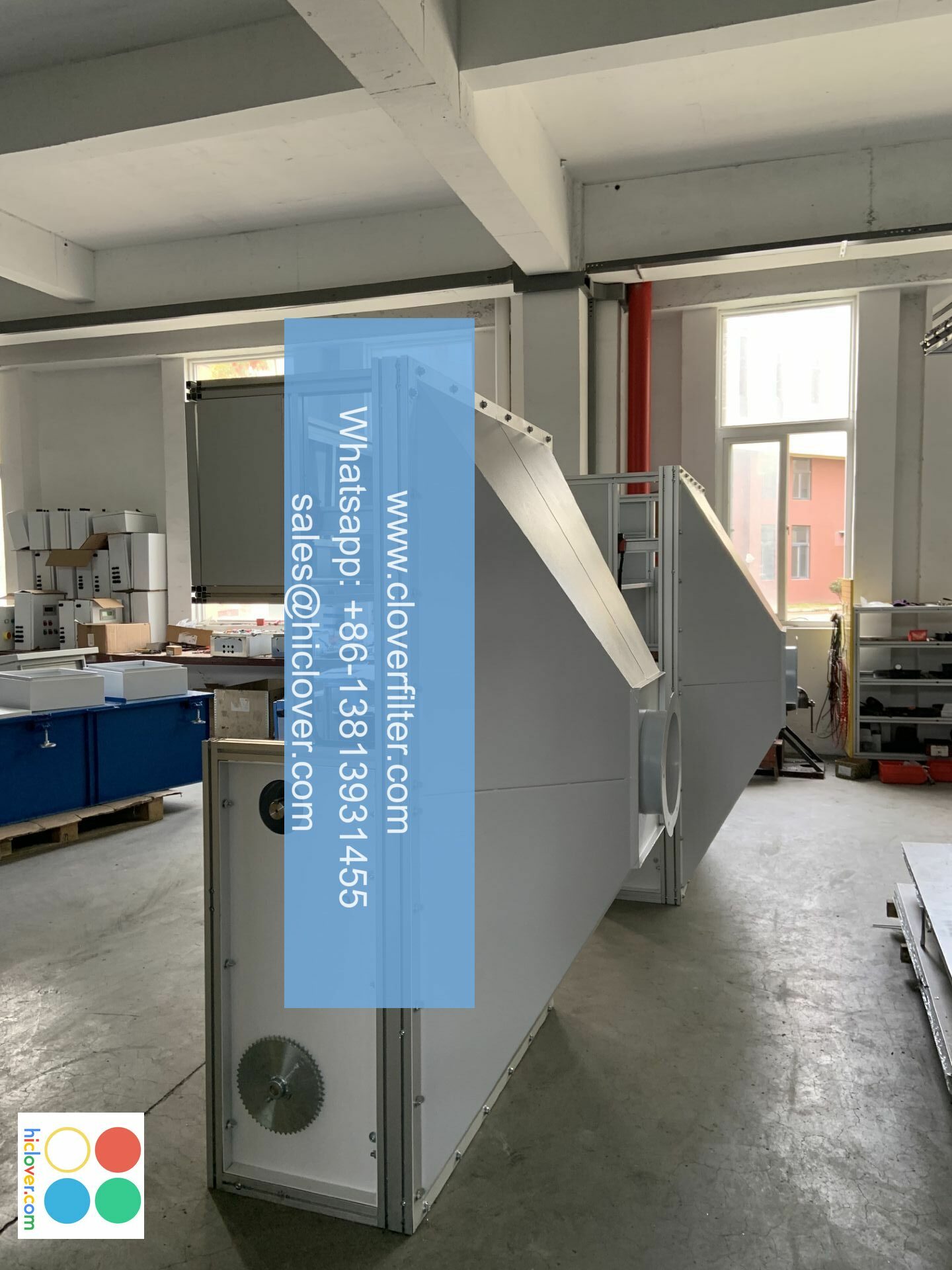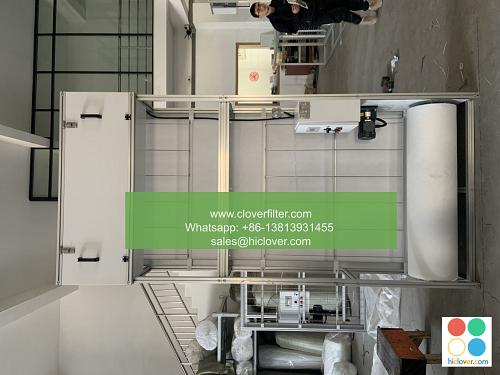The Role of Air Filters in Reducing Allergies

The Role of Air Filters in Reducing Allergies: A Breath of Fresh Air
Introduction
Allergies are a common affliction that can affect anyone, regardless of age or lifestyle. While some people may be more prone to allergies than others, there are ways to reduce their impact. In this article, we’ll explore the role of air filters in reducing allergies and discuss the various application areas where they can make a significant difference.
How Air Filters Work
Air filters work by capturing airborne allergens, such as dust, pollen, pet dander, and mold spores, before they reach your respiratory system. This can significantly reduce the amount of allergens that enter your body, alleviating symptoms like congestion, sneezing, and itchy eyes.
The Benefits of Air Filters
Air filters are designed to trap allergens and other particles as small as 0.3 microns, including:
- Dust: Tiny particles that can aggravate respiratory issues and trigger allergic reactions
- Pollen: The primary culprit behind hay fever and other seasonal allergies
- Pet dander: The flakes of skin shed by animals, often a common allergen
- Mold spores: Fungal spores that can thrive in humid environments and exacerbate respiratory issues
Key Application Areas
Air filters can be applied in various settings to reduce allergens and alleviate symptoms:
- Home: Install air purifiers or air conditioning units with HEPA (High Efficiency Particulate Air) filters in your home to remove airborne allergens, creating a healthier indoor environment.
- Office: Use air purifiers or HEPA-filtered air conditioning units in commercial offices to reduce allergens and promote a healthier work environment.
- Automobile: Install HEPA-filtered air fresheners or upgrade your car’s air filter to trap allergens and reduce respiratory issues while on-the-go.
- Healthcare: Utilize HEPA-filtered ventilation systems in hospitals, clinics, and medical facilities to reduce the spread of airborne pathogens and allergens.
Types of Air Filters
There are several types of air filters available, each with its own set of benefits and drawbacks:
- HEPA filters: Designed to capture 99.97% of particles as small as 0.3 microns, including dust, pollen, pet dander, and mold spores.
- Activated carbon filters: Effective against odors and gases, but not designed to trap smaller particles like HEPA filters.
- UV light air purifiers: Use ultraviolet light to kill germs and bacteria, but may not be effective against airborne allergens.
Conclusion
Air filters are a valuable tool in reducing allergies and promoting a healthier environment. By understanding how they work and where to apply them, you can take control of your allergy symptoms and breathe easier. Remember to consider the different types of air filters available and choose the one that best suits your needs. With the right air filter, you can enjoy a healthier, hassle-free life.
I’m happy to help! What is your prompt? Do you have a question, topic you’d like to discuss, or something else in mind?

